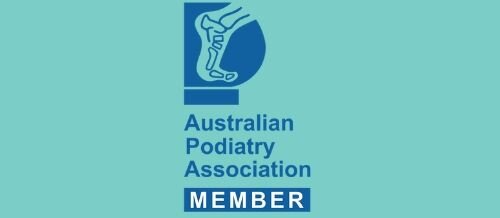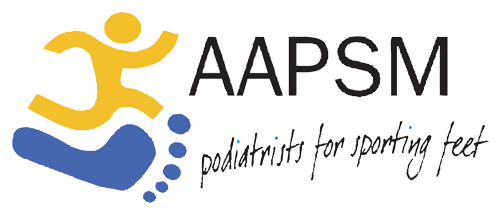Are your feet Marathon ready?
If you are partaking in this year’s 41st edition of the Gold Coast Marathon, congratulations on your decision to join 28,000 other participants, of all ages and abilities from all over the world, in your endeavour to conquer the 42 km race. Making it to the start line is an achievement in itself; with months of preparation required leading up to this point, you must ensure your feet are ready to go and do not let you down on race day.
The Gold Coast Marathon, is renowned for its flat, fast and scenic course, and for you to be able to perform at your best and run your optimal race, whilst enjoying the beauty of the Gold Coast, aside from an adequate training program and appropriate hydration and nutrition, here are our top 5 tips to keep your mind on the job and not on your aching feet.
1. Shoe Selection and Fit
Running shoe selection is an ever-evolving topic, hotly debated by runners, commentators and casual observers of runners across the globe. Having the right running shoe for you is crucial, sounds simple but there are so many factors to consider, including but not limited to running shoe history, previous injuries, preference in feel of the shoe (softer or firmer) fit (width, narrower, deep, shallow etc) heel height and the weight of the shoe. There’s no exact science to what the best shoe is, but rather what the best shoe for YOU is going to be.
A new pair of shoes for race week is not the answer, you need at least 200kms in a pair of shoes before race day to ensure you’ve had adequate time to appropriately wear in and adapt to the shoes to minimises any adaptation issues such as blisters. Don’t be influenced by colours or gimmicks or because you’ve been told they’re the best marathon shoe money can buy. If you are looking to change to a new shoe it is best advised to do so well in advance of your race day allowing enough time to trial and adapt to your new shoe.
2. Sock Selection and Fit
Socks, for many runners are an afterthought, grabbing the first pair they see from the drawer as they rush out the door, be warned now, overlook this at your own peril. Your sock choice is almost as important as your shoe choice, with the best running socks being lightweight and breathable made from water-resistant materials that wick away moisture and reduce undue friction that may lead to blisters. Some socks are also anatomically fitted, having a left and right sock will improve the fit and decrease the chance of bunching or rubbing from your socks.
Bear in mind that you will have to test your socks with your running shoes, and like your shoes purchase them in advance of race day and wear them in for best results.
3. Nail and Skin Care
General maintenance and foot care can be beneficial during training to help reduce the build-up of callous, maintain your nails and monitor for things like blisters with regular podiatry visits.
Often runners find their toenails become black and bruised after long runs. This is due to repetitive micro trauma to your toenails. This can result from a number of factors; your nails may be too long, your shoes may be too small causing your toe to hit the end of your shoe or your shoes may be too big causing your toes to claw in order to hold the shoe on your foot. This can be avoided by ensuring your nails are appropriately trimmed and footwear is fitted correctly.
If you’re developing cracks on your feet, or you have areas of dry skin, apply regular moisturiser to your feet to keep them feeling supple and soft, to help maintain them during training and prior to race day, with your goal being that your feet are in the best shape possible when you line up on race day.
4. Avoid Fungus (Athletes Foot)
Moisture, while essential for your skin, should be avoided when it comes to your shoes and socks. If your shoes have become wet during training, make sure they are fully dry before you wear them again. Athlete’s foot is a painful infection causing itchiness, redness, and blistering of the toes and soles of the feet. After your runs dry your feet well, spread your toes so that the air and sun can get to them as having damp feet may promote the development of infection.
5. Don’t Try Anything New on Race Day
Stick to your race plan, and do not try anything new on race day, as this is likely to do more harm than good. Having completed you training in the lead up to the marathon has prepared you well to complete the 42-kilometre course. A sudden change away from your training plan or to new equipment, whether that be shoes, socks, clothing or hydration and nutrition will most certainly have a negative impact on your race.
The last words of advice, are to enjoy the day and celebrate your achievement, trust that you have done the hard work to get to the start line and that race day is the best part. If you have any questions or queries, it is never too late to consult one of our professional podiatrists at Gold Coast Foot Centres.






